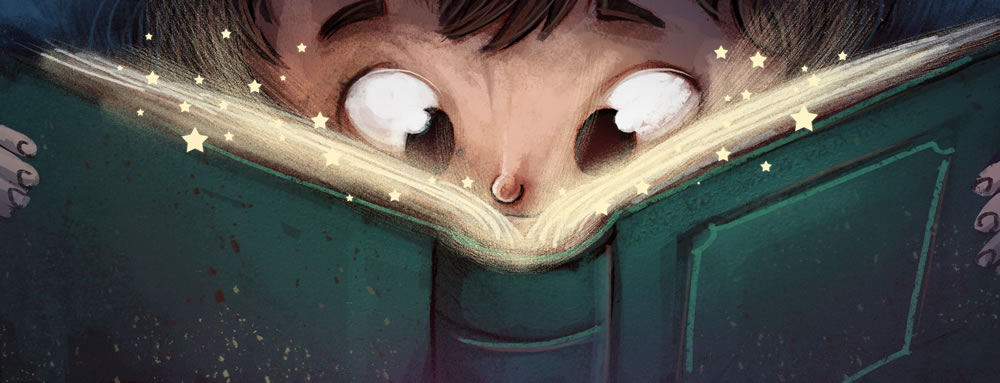Thanks to the imagination, a child can create new combinations of memories, images and feelings. The foundation can be forged through your own personal experiences, such as experiences, games, fears, what you talk about with other people or the cartoons you see on television. The richer the experience, the greater the variety of sensations that a child will get, and therefore the greater the future of their creative possibilities.
Here are several guidelines to stimulate the development of imagination in childhood :
How to stimulate the development of the imagination?
Sensory stimulation through the 5 senses
- Use of tactile sensations: Choose toys made with materials of different textures and play games that stimulate the development of sensations.
- Try new flavors and aromas.
- The trips.
- Children’s theater plays and museums.
- Guess what objects the clouds look like.
- Games with improvised “music” instruments such as pans, spoons, etc.
Drawing, a source of imagination
With the drawing, the child creates his own world, telling all the history of the characters that he considers appropriate. It is recommended that the child have his own space to draw , a small table in his room, an area of the kitchen or living room table, etc. To further promote the child’s imagination, we must have several types of pencils and paints so that the child can create various shades, as well as vary the types of materials such as the use of charcoal, wax or tempera.
To start you can give some small ideas on how to draw a fantastic planet, a non-existent animal or the most incredible food in the world. You can also create a character with the combination of different materials, such as leaves. First the head is made, then the arms, the legs and finally the torso. Then we can cut them out and put them together to see the character that has been created. With each new character we can make combinations of the parts of the previous one to always create different characters.
Another very good idea is to draw a song, with everything that comes to mind listening to it.
(adsbygoogle = window.adsbygoogle || []).push({});

The stories: A great tool for the development of the child’s imagination
Picture books help the child to tune in easily with the use of his imagination. It is important to pay attention to the illustrations , they should not be excessively simplistic (as this reduces the child’s perception) or very scary.
In stories, not only the story is important, but also the images, which help us describe nature in a brighter and richer way for the child’s imagination. This is why many older children are fond of the fantasy genre and the worlds inhabited by fantastic creatures.
- Stories with an open or alternative ending are a great challenge for the imagination because they help to invent different endings for stories already known to children or to tell several stories at the same time (we can pretend that the parents start the story and the child develops the plot adding each one more phrases little by little taking turns).
- In this same way , role plays can be a good mechanism to work with the development of imagination, since games that require this use of roles (mothers and daughters, pirates, a family of tigers, etc …), help to reproduce scenes from the books they read or for the child to come up with their own scenes based on those characters.
- Organizing small puppet theaters or even shadow theaters using gloves suitable for the child’s wrist is very attractive for the little ones as well as simple.
- Encourage the child to ask himself questions and look for the answers himself, or to have fun and spend his free time guessing riddles and puzzles, which can also be used as the culmination of a great story that we have invented together.
And it is that the imagination can be worked and developed with lots of resources , to which if we add the greatness of being able to do them and carry them out among all the members of the family on a Sunday at home, there is no doubt that they will be ideas and methods wonderful with which to dream and imagine the impossible.












































































































Should children under 5 years of age participate in drawing and painting contests?